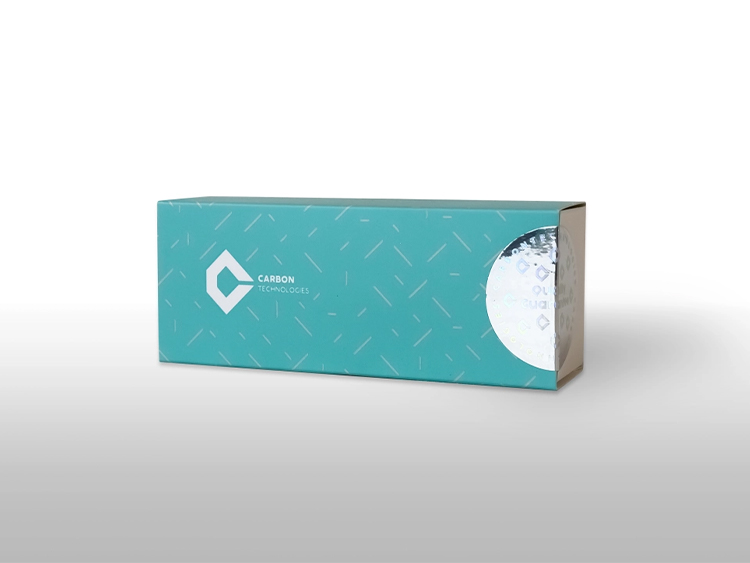Stark Quantitative HBV Molecular Diagnostic Kit
Catalog Number:
- ST242005 (25 Preps/Kit)
- ST242007 (100 Preps/Kit)
Package Specification: 25 Preps/Kit , 100 Preps/Kit
Intended use
The Stark Quantitative HBV Molecular Diagnostic Kit is a real-time PCR assay intended for the quantification of hepatitis B virus (HBV) DNA in human EDTA plasma samples. It is designed to support the clinical evaluation of viral load as part of antiviral treatment monitoring and disease management in patients with confirmed HBV infection.
The assay is intended for use in professional laboratory settings equipped with a broad range of compatible real-time PCR systems.
The Stark Quantitative HBV Kit is not intended for initial screening, diagnosis, or confirmation of HBV infection. It should be used alongside other clinical and laboratory findings to assist in evaluating treatment response based on changes in HBV DNA levels.
This kit is exclusively designed for quantitative analysis of HBV DNA. Nucleic acids must be extracted and purified prior to testing, using the DNall VirAll Kit or another validated nucleic acid extraction method.
Principle
The Stark Quantitative HBV Molecular Diagnostic Kit is a CE-marked real-time PCR assay for quantifying HBV DNA in human EDTA plasma. It targets the HBsAg gene using TaqMan® technology with FAM for HBV detection and Yakima Yellow for internal control. The assay includes four quantification standards traceable to an international reference, enabling accurate viral load measurement in IU/mL. It supports closed-tube PCR with validated extraction methods, ensuring safety, precision, and clinical reliability.
Storage
The Stark Quantitative HBV Molecular Diagnostic Kit should be stored at −30 °C to −15 °C. Under proper storage conditions, the reagents are stable until the expiration date printed on the packaging.
